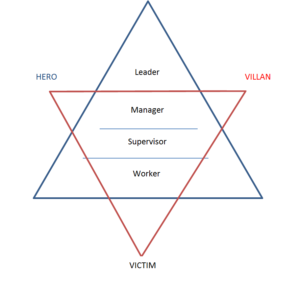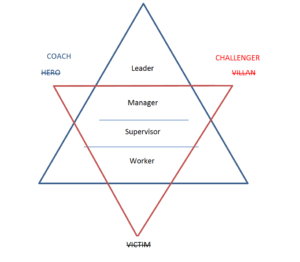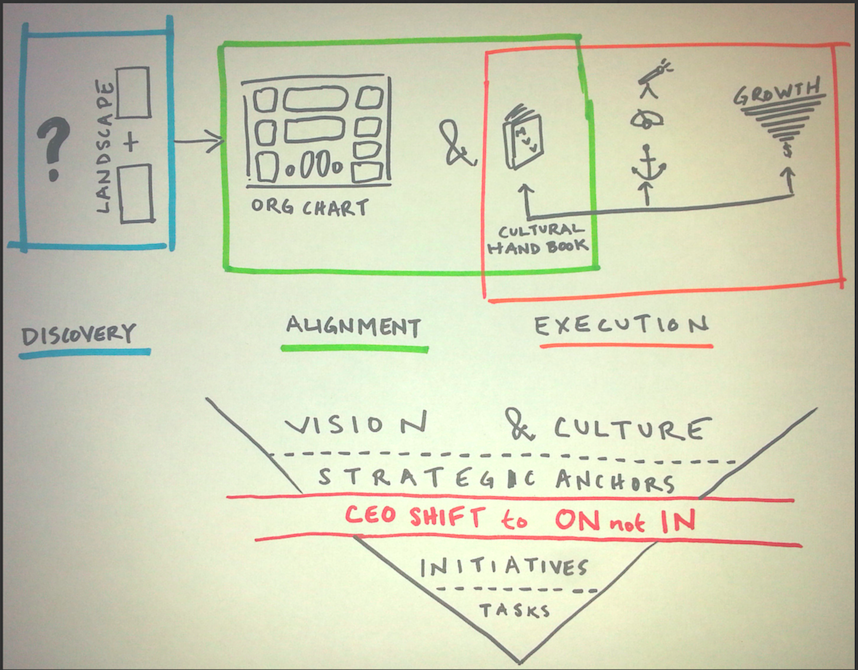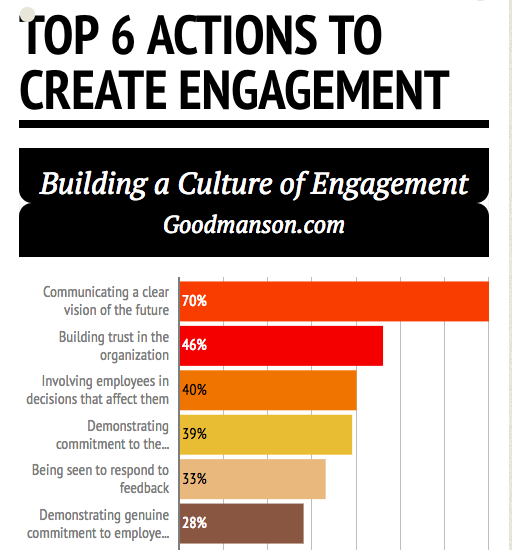How do you go from starting a business, church or other organization to transitioning to leading the staff or volunteers looking to you? I believe this is one of the more difficult work transitions people have; from doing the work, to managing others. This requires a paradigm shift. I believe this can be because what we do is wrongly tied to our identity and how we ‘value’ ourselves. I went to a training and wanted to share a concept I learned that goes through the steps that often take place. I’m generalizing, so of course this may not be everyone’s experience.
Often people start out as the Worker. In this role they do 90% technical work and 10% people interaction. If all goes well, soon things are growing and as a Supervisor they take on a person and work alongside them, 75% technical and 25% people interaction. The next phase is manager, where with a bigger team the Manager requires 50% technical skill and 50% people. This is where the barrier to moving from Manager to Leader emerges in the form of the drama triangle. Why? Managers and below find half or more of their energy being defined by what they do (technical) rather than their people leadership. Moving into the Leader role is a significant leap, one where 90% of your time is with people and 10% is on technical things. (see triangle with percentages of technical/people skills here.)
 The Drama Triangle evolves when a person struggles to move from Manager to Leader. As they struggle with not ‘doing the work’ they take on a role of Hero or Village. The Hero often withholds information or put people in positions to ‘save them’ when they provide this info or do the work. On the flip side, the Villain plays a ‘Devil’s Advocate’ role or uses seagull management to fly by and do their business on others work. Both of these put the people that work for them in the role of Victim.
The Drama Triangle evolves when a person struggles to move from Manager to Leader. As they struggle with not ‘doing the work’ they take on a role of Hero or Village. The Hero often withholds information or put people in positions to ‘save them’ when they provide this info or do the work. On the flip side, the Villain plays a ‘Devil’s Advocate’ role or uses seagull management to fly by and do their business on others work. Both of these put the people that work for them in the role of Victim.

Where do you go from here? As a Leader you should be the holder of the vision and guider of the group dynamics as you pursue a common purpose. The Leader should shift from Hero to Coach that has no illusion that they can save anyone. The Villain role changes to one of Challenger that suspends judgement (a Villain often is motivated by being right and/or looks for someone to blame ie the Victim). And finally, the Victim needs to take ownership and recognize when they blame others, they give away their power.
RELATED POSTS

